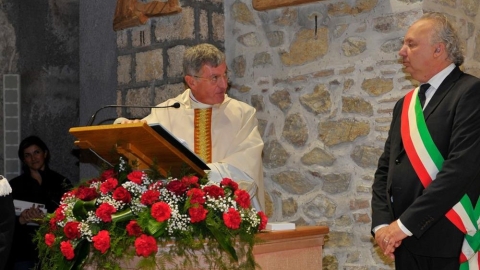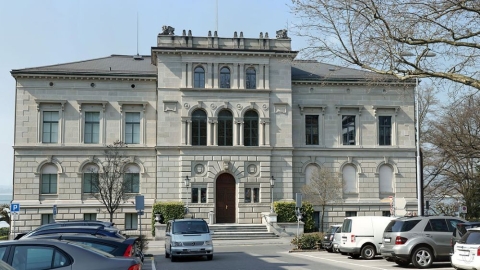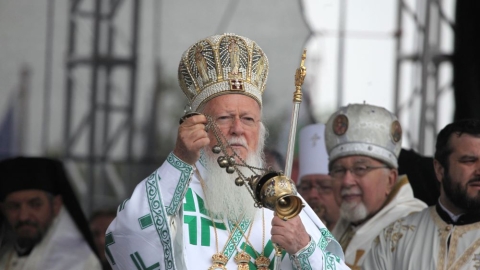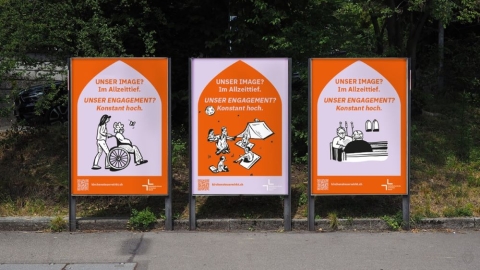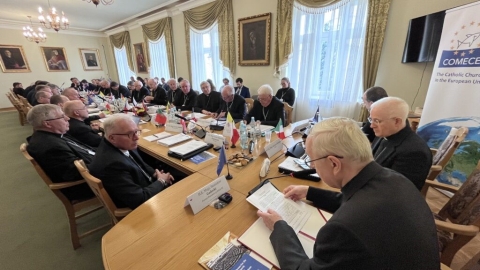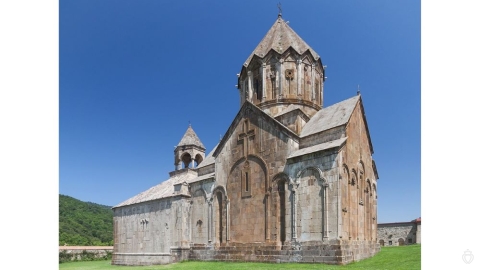An Exceptional Exhibition in Paris Discussing Caravaggio's Time in Rome

Beginning on September 21, 2018, the Jacquemart-André Museum is organizing an exhibition entitled Caravaggio’s Roman Period, His Friends and Enemies, that will present ten masterpieces from the Roman period of the Italian painter. Seven of these paintings have never been exhibited in France.
One of the major loans for this exhibition is the famous Lute Player (1595-1596), that is kept in the Hermitage Museum in St. Petersburg and will be presented in France for the first time. Visitors will also be able to see two paintings of the repentant Mary Magdalen that belong to private collections and will be exposed together in the same exhibition for the first time.
The organizers plan to place these paintings by Caravaggio next to the works of his other contemporaries, such as Cavaliere d’Arpino, Annibale Carracci, Orazio Gentileschi, Giovanni Baglione and Jusepe de Ribera.
The exhibition will consider not only Caravaggio’s relations with the collectors and artists of his time, but also with the poets and learned men of his century. An evocation of life in early 17th-century Rome will show the activity of the great workshops in which Caravaggio cut his teeth.
During this period, the fiery artist met with certain people who would play a major role in his career, the Marquis Giustiniani (1564-1637), for example, and Cardinal Francesco Maria Del Monte (1549-1627), who would become his sponsors and place many commissions.
The exhibition will present the friends and supporters of Caravaggio alongside his enemies and rivals. The painter took great pride in his originality, but was imitated, to his great chagrin. And intoxicated with his success, he could not bear to be criticized. He confronted several of his contemporaries in disputes, court cases, and bloody brawls. Hotheaded and ill-tempered, he often got in fights in the taverns and streets of the Eternal City.
His career in Rome ended in 1606, when he killed Ranuccio Tomassoni in a duel. Condemned to death in absentia, the artist was forced to live in exile. After taking refuge in the Alban mountains, he went to Naples, then Malta and Sicily where he continued a pugilistic lifestyle.
Just before returning to Rome where Pope Paul V was ready to pardon him, he died suddenly in Porto Ercolo, in Tuscany, on July 18, 1610. Michelangelo Merisi, known as Caravaggio, died in the hospital of Santa Maria Ausiliatrice, doubtless of malaria. He was 38 years old.
Caravaggio’s Roman Period, His Friends and Enemies
Jacquemart-André Museum, 158 boulevard Haussmann, 75008 Paris.
Entry: 15€ (discount 9.50€)
Date: September 21, 2018 to January 28, 2019
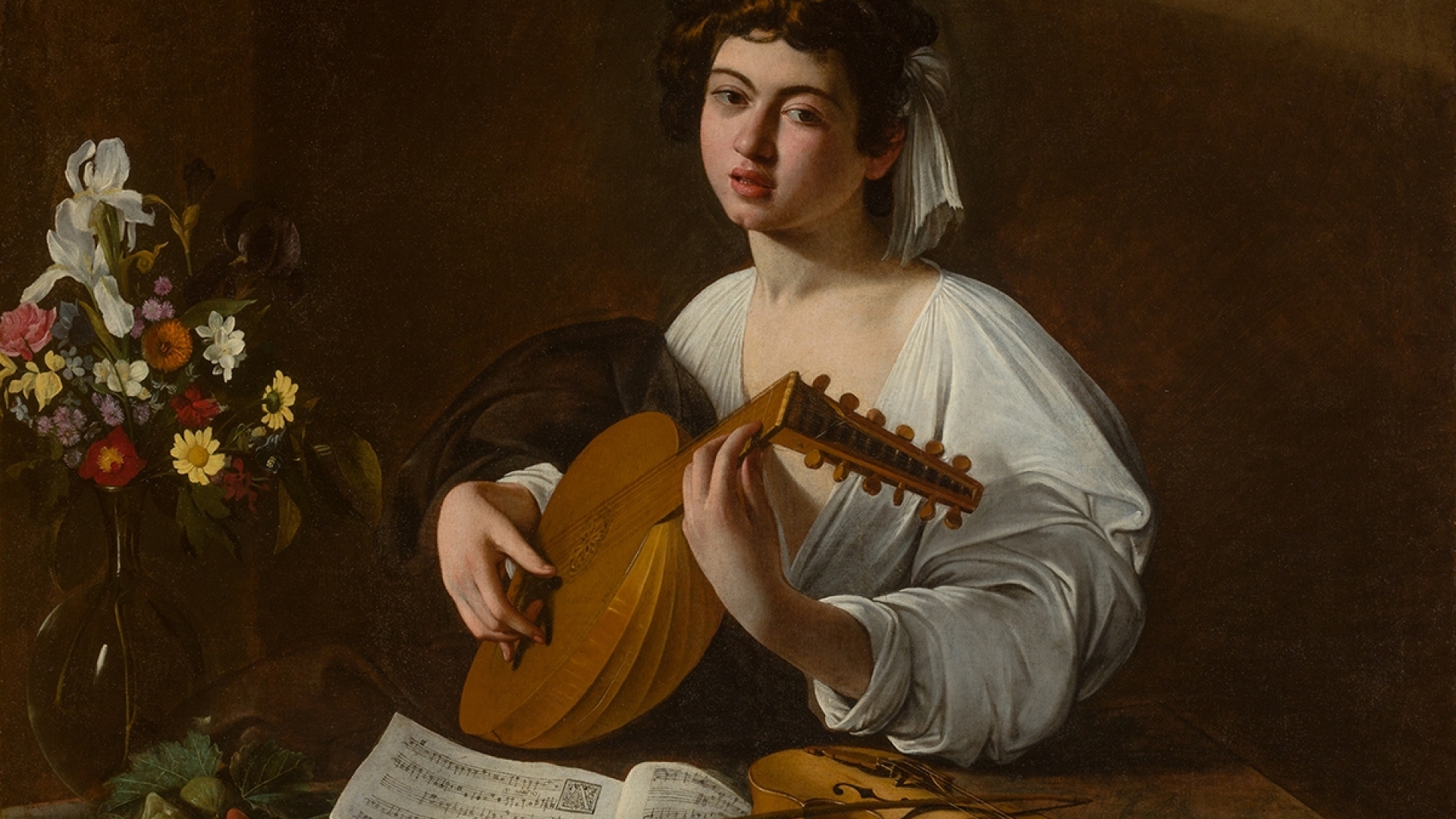
Michelangelo Merisi "Caravaggio" - The Lute Player (1595-1596).
Related links
Sources: muse-jacquemart-andre / cath.ch / histoiredel’art / FSSPX.News – 9/6/2018
